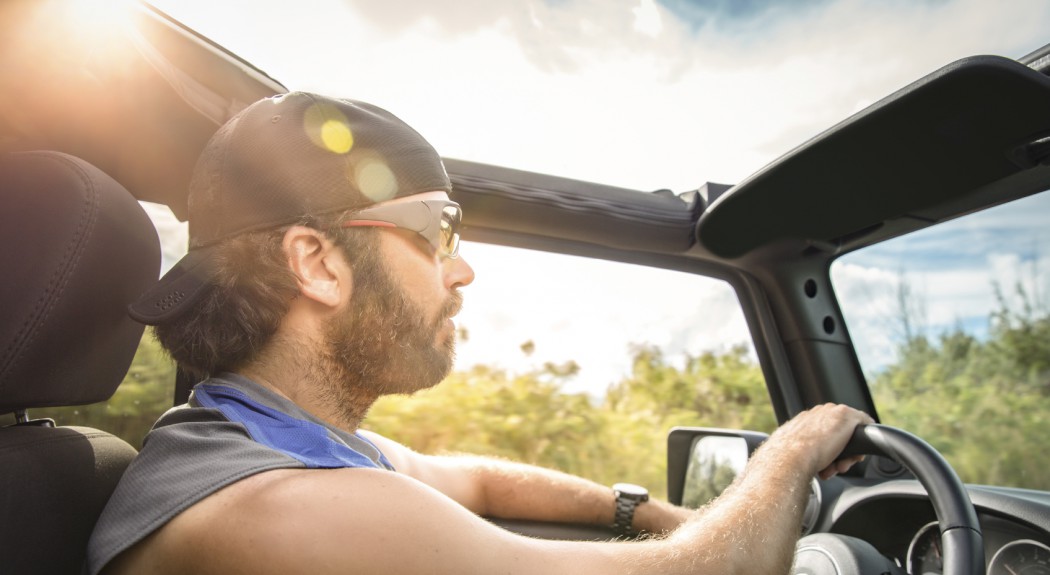As summer approaches, many of us look forward to sunny days at the beach, fishing, or gardening. However, it’s crucial to remember to protect ourselves from excessive sun exposure. Sunburn can occur unexpectedly, and even incidental sun exposure during daily activities can increase your risk of skin cancer. Here are some lesser-known ways the sun can damage your skin and tips to protect yourself year-round.
Lesser-Known Sources of Sun Damage
- Cloudy Days: Don’t be fooled by overcast skies. Over 90% of UV rays can penetrate light cloud cover, leading to potential sunburns.
- In the Water: Up to 40% of UV rays can reach your skin even when you’re swimming in shallow water.
- Reflected Light: Surfaces like sand, water, and snow reflect between 25% and 80% of UV rays. High altitudes, such as hiking or skiing in the mountains, also increase UV exposure.
- Through Windows: While UVB rays that cause sunburns are blocked by glass, up to 60% of UVA rays, which contribute to premature aging, can penetrate glass. This means you can get significant sun exposure while sitting by windows in cars or buildings.
The Impact of Driving
A study conducted in France found that people with more skin damage to one side of their face spent a significant part of their job driving. American drivers, for instance, have more skin cancers on the left side of their face due to UVA rays penetrating through side windows. Although windshields are laminated to filter out UVA rays, side and back windows usually are not.
Sun Protection Tips
To reduce your risk of premature aging and skin cancer, follow these sun protection guidelines:
- Use Broad Spectrum Sunscreen: Apply a sunscreen with at least SPF 30 to your entire body 30 minutes before going outside. Reapply every two hours, or more frequently if swimming or sweating.
- Seek Shade: Especially between 10 a.m. and 4 p.m. when the sun’s rays are strongest.
- Wear Protective Clothing: Consider sun-protective clothing or add SunGard by RIT to your laundry.
- Wide-Brimmed Hats: These can protect your face, neck, and ears from the sun.
- UV-Blocking Sunglasses: Protect your eyes and the delicate skin around them from UV rays.
- Avoid Tanning Beds: They increase the risk of skin cancer and premature aging.
- Monthly Skin Exams: Check your skin for any changes or unusual spots.
- Annual Professional Skin Exams: Schedule yearly check-ups with your physician for a thorough skin examination.
By incorporating these practices into your daily routine, you can enjoy the sun safely and protect your skin from harmful UV radiation throughout the year.
For more information, you can visit The Skin Cancer Foundation.




